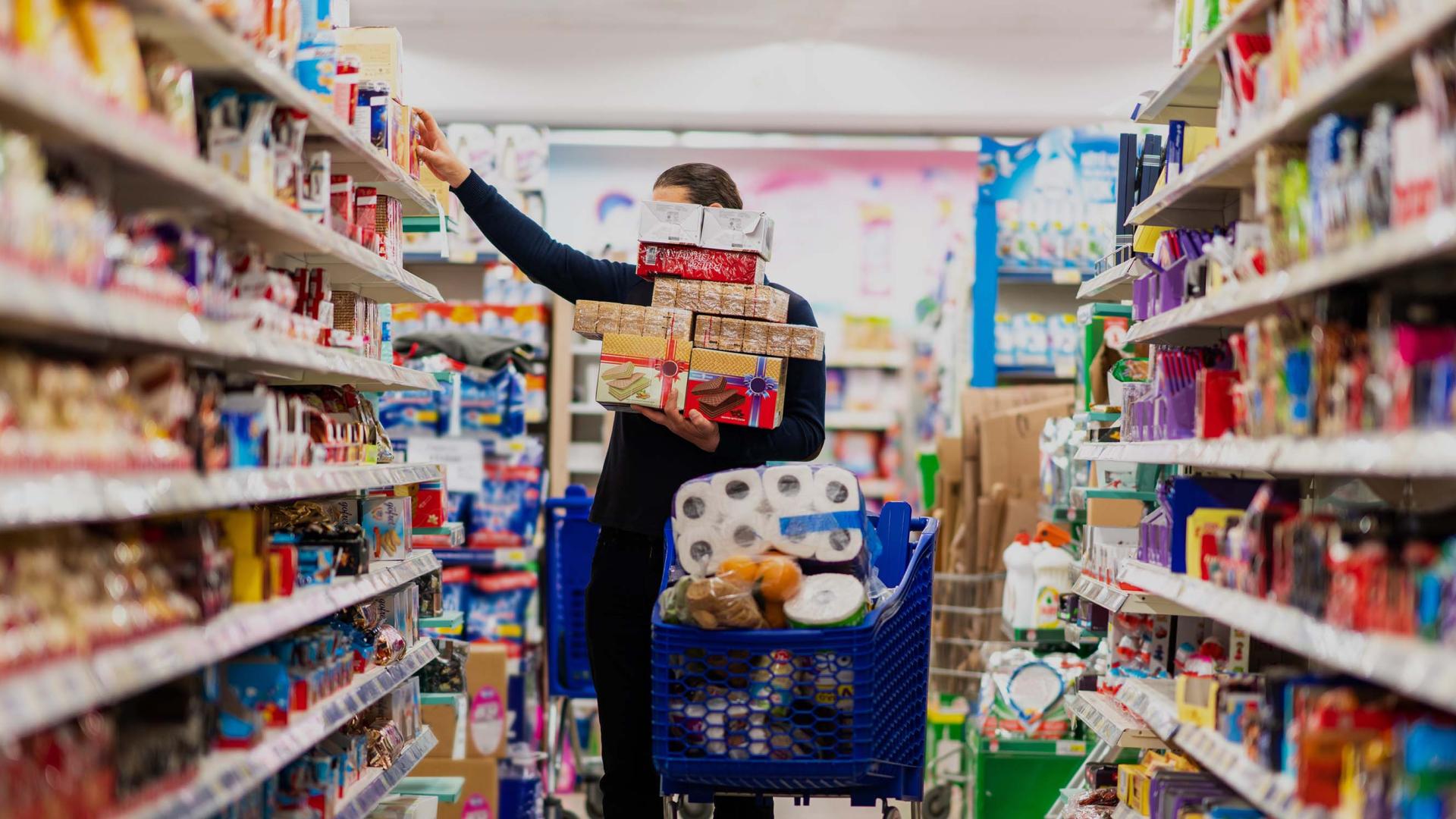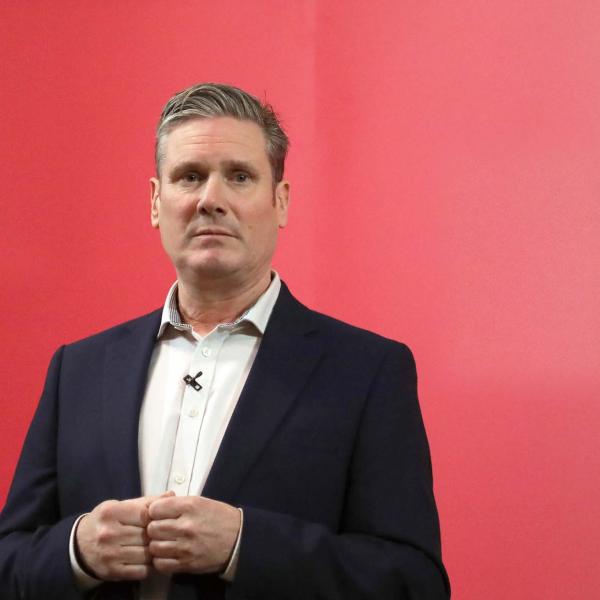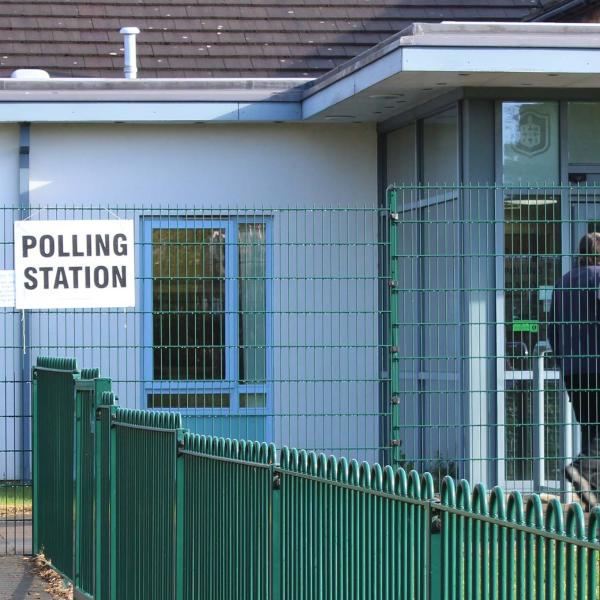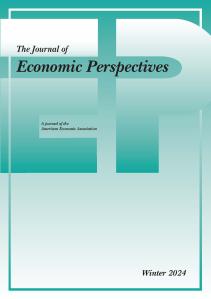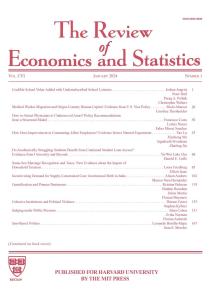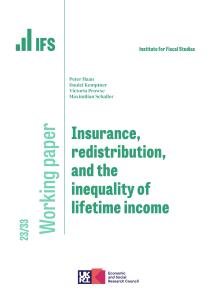A big anniversary passed just over a week ago, barely marked, and certainly not celebrated. For it was 50 years ago, on April 1, 1973, that value added tax, VAT, was introduced in the UK, replacing the old purchase tax. So, let’s celebrate it now. Happy 50th birthday, VAT.
It has certainly grown up big. It’s the third biggest of all our taxes behind income tax and national insurance contributions. It brings in £160 billion a year — about one pound in every six that we pay in tax. It has lots of cousins around the world. “Unquestionably the most successful fiscal innovation of the last half century . . . perhaps the most economically efficient way in which countries can raise significant tax revenues”, according to one writer.
But what is VAT? It taxes all sales, whether wholesale or retail, but allows registered traders to deduct the tax charged on their inputs. It is therefore, as its name suggests, a tax on the value added at each stage of the production process. Hence VAT is in effect imposed on the value of the final product but is collected in small chunks from each link in the supply chain. So even if one firm in the chain tries to evade it, most of it should still get paid. By contrast a simpler-sounding tax like a purchase tax which just adds on tax at the point at which a good is sold to the final consumer is much more open to abuse. That’s why VAT is so popular among revenue authorities around the world — outside of the US it is pretty much ubiquitous.
VAT has also ridden to the rescue of numerous British chancellors looking to raise more money. Geoffrey Howe very nearly doubled it to 15 per cent in 1979. Norman Lamont raised it to 17.5 per cent in 1991 to deal with the poll tax fiasco, and George Osborne took it to 20 per cent in his first budget in 2010 to help pay down the post-financial crisis deficit. Oddly enough, these big increases seem to have proved easier than attempts to make much smaller changes by charging VAT on more of our purchases. Trying to extend it to pasties — or more precisely food bought warm but designed to cool down — caused a huge outcry and the dubbing of Osborne’s 2012 budget as an “omnishambles”. Lamont’s effort to extend VAT to domestic energy in 1993 helped lose him the chancellorship, and the Conservatives the 1997 election.
For although the main rate of VAT is 20 per cent, much of what we buy has VAT charged at zero. Most food, children’s clothes and public transport are “zero rated”. It is charged at only 5 per cent on domestic energy. It struggles to deal with financial services which are exempt from VAT.
Deciding what is and is not subject to VAT creates all sorts of fun. Let’s at least celebrate VAT for the laughs that it provides. If you want a pet, get a rabbit. No VAT on rabbits because they are edible. Honeybees are not subject to VAT, bumblebees are. I’m not sure who buys bumblebees but I guess the tax code needs to cater for every eventuality. As for gingerbread men, they are zero rated for VAT so long as the only chocolate they contain are chocolate eyes. Any more chocolate decoration and the price goes up by 20 per cent because they become VATable.
As you can imagine, lawyers love it. Long, expensive court cases have been fought over Jaffa cakes, flapjacks and cereal bars. That’s because it matters for VAT what counts as a cake (not generally VATable), and what counts as a biscuit (subject to VAT if covered in chocolate). No VAT on flapjacks but there is on cereal bars. I could go on but you probably get the point. As the tax lawyer Dan Neidle has put it, “any sufficiently detailed VAT rule is indistinguishable from satire”.
This tower of complexity, as with much else in the tax system, has its origins way back in history. Some of the distinctions were introduced in 1940 with the original purchase tax, specifically designed to be raised on luxury goods (chocolate biscuits but not cakes apparently) and with the stated aim of reducing waste of raw materials during the war. We still live with the results, and still justify them by claiming that VAT shouldn’t be levied on “necessities”. Though personally I find chocolate biscuits at least as necessary as chocolate cakes.
In truth the widespread zero rating that continues to exist makes little sense. It’s a bigger giveaway to the rich than the poor, since although it is true that the poor spend a higher fraction of their budgets on goods not subject to VAT, the rich spend more in total. If we were to extend VAT we could raise up to an additional £50 billion a year, more than enough to compensate those on lower incomes by cutting other taxes and raising benefits, while also making the whole system much more straightforward. If we look to our European neighbours, none have as narrow a VAT base as we do; most raise more from it than we do. It’s true that VAT is not progressive in the way that income tax is, but then it doesn’t need to be. Income tax does the job of introducing serious progressivity into the tax system. Not every tax needs to do that.
So, VAT may be big. It may be 50 years old. But it still has an awful lot of growing up to do. Then again, so do we. If we have a tantrum every time a chancellor tries to tax a pasty, VAT will never fulfil its potential. And we’ll never escape the crazy distinctions between almost identical goods, and the lawyers’ paradise, we have created.
This article was first published in The Times and is reproduced here with kind permission.
